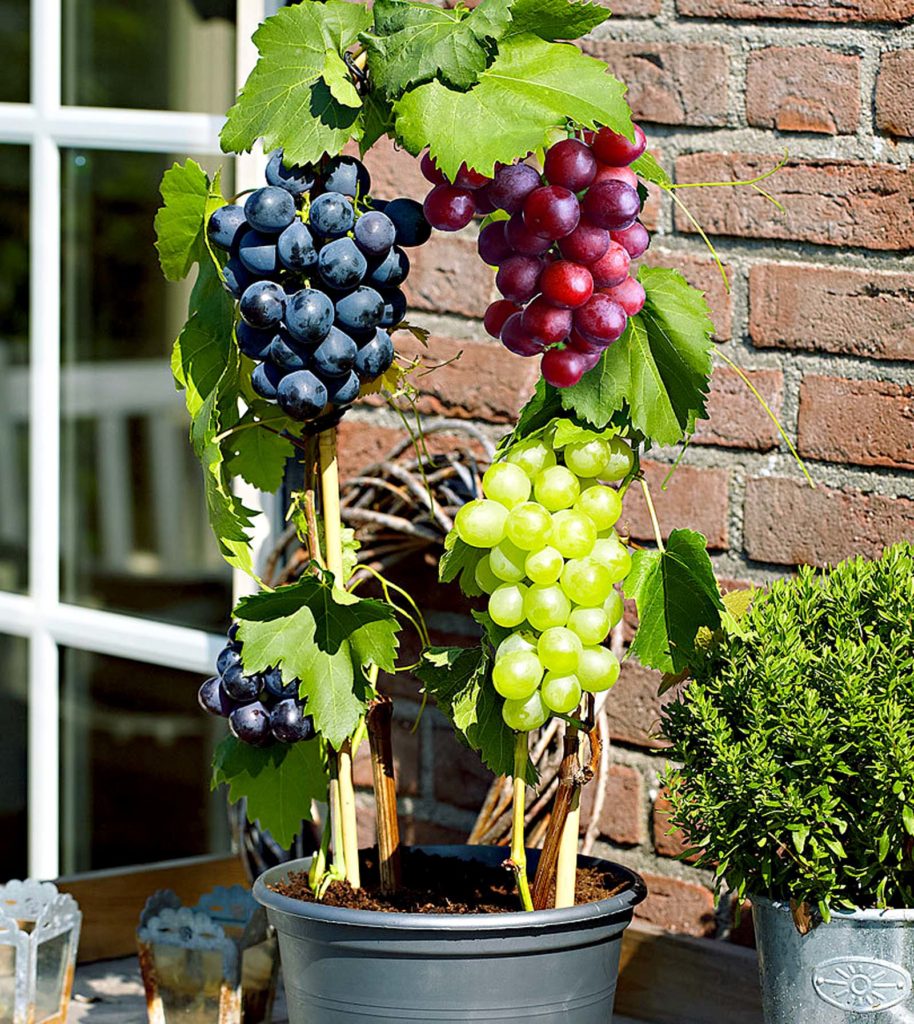How To Grow And Care For A Rosemary Plant
Indoor Plants Can Beautify Your Home and Improve Your Health If you are looking for a way to add life to your home or workspace, indoor plants are a great option to consider. Not only do they add a touch of greenery and create a soothing atmosphere, but many indoor plants also offer benefits such as improving air quality and reducing stress levels. In this post, we'll discuss the attributes, care, pruning, propagation, potting and repotting, common pests and plant disease, and common problems associated with indoor plants to help you choose the right plants for your space and keep them thriving. Plant Attributes Indoor plants come in a wide variety of shapes, sizes, and colors, making it easy to find the perfect fit for your home. Some popular options include: - Snake plant (Sansevieria trifasciata) - This plant is perfect for beginners as it can thrive in a variety of lighting situations and doesn't require frequent watering. - Pothos (Epipremnum aureum) - Pothos is a trailing vine that can grow up to 10 feet in length. It prefers bright, indirect light and moderate watering. - English ivy (Hedera helix) - A beautiful hanging plant that thrives in partial shade and moderate watering. - ZZ plant (Zamioculcas zamiifolia) - This plant has thick, glossy leaves and prefers low light and infrequent watering. - Spider plant (Chlorophytum comosum) - This easy-to-grow plant is known for its spider-like leaves that dangle from the stem. It prefers bright, indirect light and regular watering. Plant Care Indoor plants require proper care to ensure they thrive in your space. Here are some general care tips: - Lighting - Most indoor plants prefer bright, indirect light. However, some plants, such as ZZ plants and snake plants, can tolerate low light. - Watering - Overwatering is a common problem with indoor plants. Water your plants only when the top inch of soil is dry to the touch. - Soil - Use a well-draining potting soil for your plants. Consider adding perlite or sand to the soil to improve drainage. - Fertilizer - Indoor plants benefit from regular fertilization. Use a balanced fertilizer every 4-6 weeks during the growing season. - Temperature - Most indoor plants prefer temperatures between 60-75 degrees Fahrenheit. Pruning Pruning your indoor plants is important for maintaining their shape and promoting new growth. Here are some tips for pruning: - Remove dead, yellow, or brown leaves as they appear. - Trim back overgrown branches to promote bushier growth. - Use sharp, clean scissors or pruning shears to avoid damaging the plant. Propagation Propagation is the process of creating new plants from the parent plant. Here are some common methods for propagating indoor plants: - Stem cuttings - Cut a stem from the parent plant and place it in water or potting soil until it develops roots. - Leaf cuttings - Take a leaf from the parent plant and put it in soil or water until it develops roots and new growth. - Division - Separate the parent plant into smaller pieces and replant them in individual pots. Potting & Repotting Potting and repotting your indoor plants is important for their health and growth. Here are some tips for potting and repotting: - Choose a pot with drainage holes to prevent waterlogging. - Use well-draining potting soil. - Repot your plants every 1-2 years to provide fresh soil and room for growth. Signs that it's time to repot include root bound plants, wilted leaves, and a lack of growth. Commons Pests & Plant Disease Indoor plants can be susceptible to pests and disease if not properly cared for. Here are some common pests and diseases to look out for: - Spider mites - These tiny pests spin webs on leaves and damage the plant by sucking out the sap. Treatment includes pruning affected areas and washing the plant with soapy water. - Mealybugs - These pests appear as small white fuzzy masses and also suck the sap out of the plant. Treatment includes pruning affected areas and using insecticidal soap. - Root rot - This is caused by overwatering and can cause the roots to turn mushy and black. Treatment includes removing the affected plant from the soil and replanting it with fresh soil. Common Problems Even with proper care, indoor plants can encounter problems. Here are some common problems and their solutions: - Yellow leaves - This can be caused by over or underwatering, poor lighting, or nutrient deficiency. Correct the issue and remove any damaged leaves to promote new growth. - Brown tips - This can be caused by dry air, overfertilization, or poor light. Increase humidity, cut back on fertilizer, or move the plant to a brighter location. - Droopy leaves - This can be caused by underwatering or root rot. Adjust watering frequency and check the roots for signs of rot. In conclusion, indoor plants not only beautify your home or workspace but can also offer numerous health benefits. By understanding their attributes, proper care, pruning, propagation, potting and repotting, pests and disease, and common problems, you can successfully choose and maintain indoor plants that will brighten up your space and boost your well-being. Happy planting! 


backroadbloom.com - rosemary plant indoor care grow indoors growing
www.pinterest.com -
www.pinterest.com -




Post a Comment for "How To Grow And Care For A Rosemary Plant"